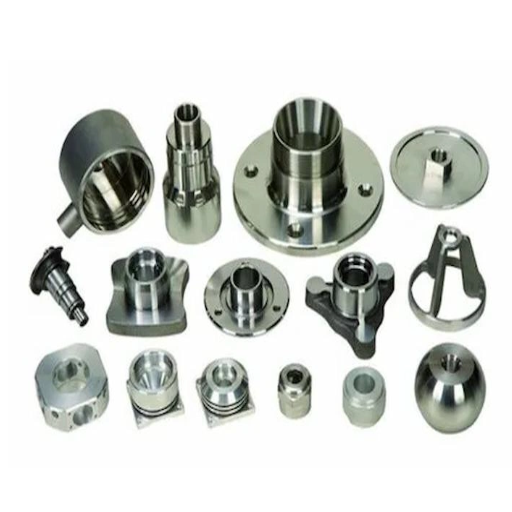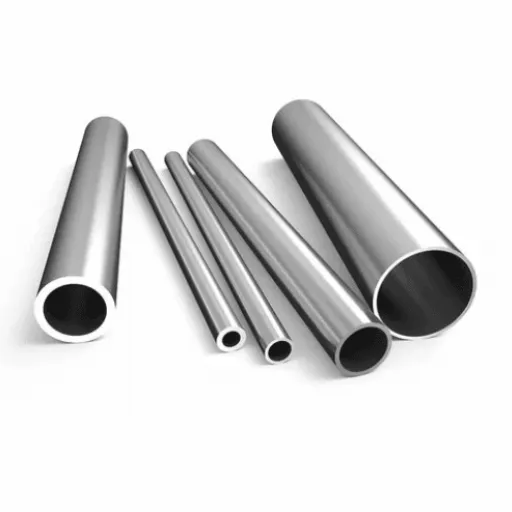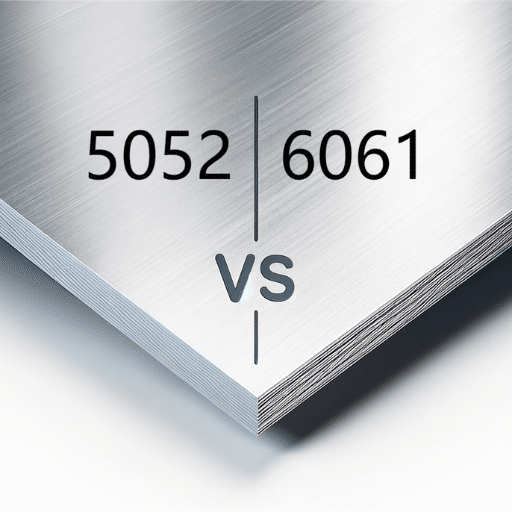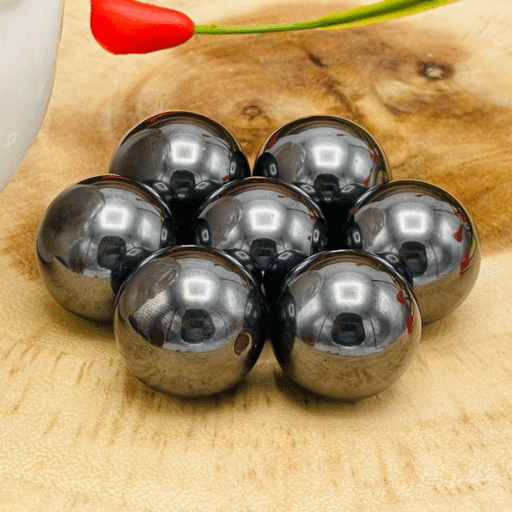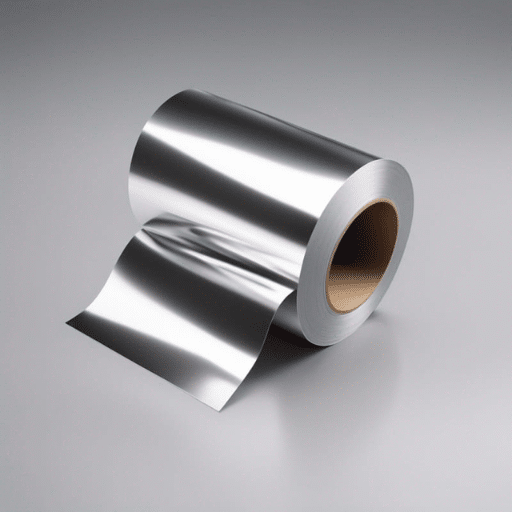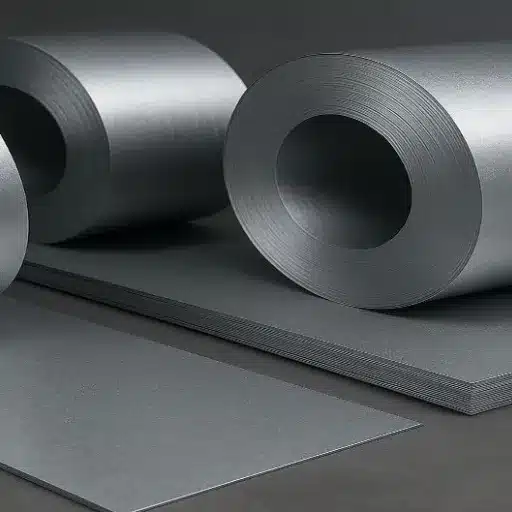Unique Properties of Anodized Stainless Steel
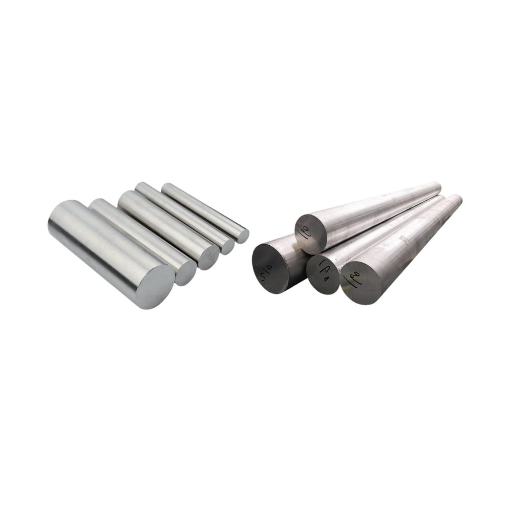
Enhanced Durability and Corrosion Resistance
Anodized stainless steel tends to be considerably more durable and corrosion-resistant. In this treatment, an oxide layer is formed on the surface to protect the metal from moisture, salt, or extreme temperatures. Besides strengthening the steel, the layer also protects its surface from wear and tear, making the steel apt in hard applications.
Anodized stainless steel offers corrosion resistance which is particularly needed in areas such as marine, aerospace, and construction, where materials are subjected to harsh weather. Treated rarely can face corrosion in a matter of days—or even hours!—with the presence of moisture or salt in the atmosphere. The oxidized layer prevents such chemical reactions that facilitate rust or other deterioration.
Aesthetic Appeal and Finish Options
It combines functional durability with the exciting possibilities of aesthetic treatment. The anodizing process improves the natural surface of the steel so that a range of finishes can be achieved from matte to glossy. These finishes work to increase the product’s beauty while providing inherent resistance to environmental factors like corrosion and wear.
One important advantage of anodized finishes would be the ability to add color to the material without the loss of its structural properties. By exerting fine control over the anodization process, numerous colors such as bronze, gold, and black can be generated, providing great options for customization.
Comparison with Standard Stainless Steel
| Key Point | Anodized Stainless Steel | Standard Stainless Steel |
|---|---|---|
| Corrosion | High resistance | Moderate resistance |
| Aesthetics | Customizable finishes | Limited finishes |
| Durability | Enhanced surface strength | Standard strength |
| Applications | Specialized industries | General use |
| Cost | Higher | Lower |
| Maintenance | Low | Moderate |
| Weight | Lightweight options | Heavier |
| Biocompatibility | Suitable for medical use | Limited |
The Anodization Process
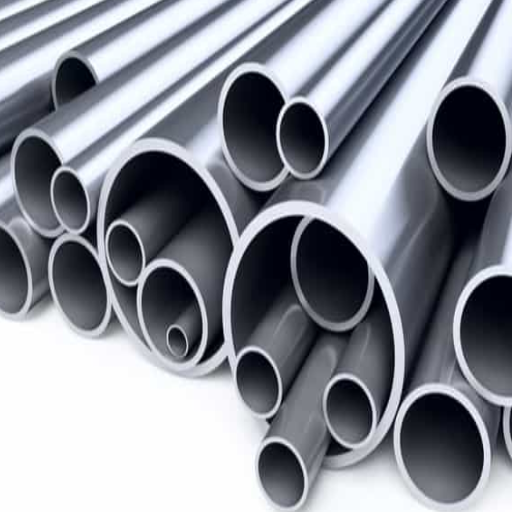
What is Anodizing Stainless Steel?
Anodizing stainless steel is an electrochemical process for altering the surface of the metal to make it more durable, beautiful, or to provide functional properties. In contrast with aluminum, where the anodizing forms a strong anodic oxide layer, reactions are integral to the metal; anodizing stainless steel does not produce a traditional oxide layer.
Instead, surface treatment is carried out either by the interference colors or by electrolytic polishing to provide a finish that keeps the natural corrosion resistance of steel intact, albeit with some enhancements, either visual or functional.
Steps Involved in the Anodization Process
- Preparation and Cleaning: The surface of the stainless steel must be cleaned before anodization to remove contaminants like grease, oils, or surface oxides.
- Surface Pre-Conditioning: Depending upon the requirement of the application, the surface may be additionally treated by etching or polishing before anodization.
- Electrolytic Anodization: The material is immersed in an electrolytic acid bath, such as sulfuric or chromic acid, with controlled electric current.
- Coloring: If coloration is desired, pigments or dyes can be introduced either in the anodizing bath or afterward.
- Sealing: The material undergoes a sealing process to complete and close the porous structure of the anodic layer.
- Final Inspection and Quality Control: Inspection to check the thickness and uniformity of the coating and adherence to specified standards.
Impact on Material Performance
Anodization enhances materials by engineering a strong oxide coating that provides:
- Enhanced corrosion resistance
- Increased surface hardness (approximately 500 HV Vickers)
- Better thermal and electrical insulation properties
- Capability for decorative coloring without affecting durability
Applications of Anodized Stainless Steel
Automotive Industry
Anodized stainless steel makes for an important material across the automotive field due to its top-tier durability and corrosion resistance. Key applications include:
- Car trims and exterior panels
- Underbody components exposed to harsh environments
- Decorative grille accents and nameplates
- Interior trim components
Aerospace Applications
The aerospace industry sees anodized stainless steel in a place of prominence, where performance, durability, and weight optimization matter. Five major aerospace applications include:
- Corrosion Resistance for Aircraft Exteriors: Protection from salt-laden air and extreme temperature variations
- Precision Components for Fuel Systems: Wear-resistant surfaces that don’t react with fuel
- Thermal Regulation in Spacecraft Environments: Controlling emissivity and thermal conductivity
- Light Structural Reinforcements: Strength-to-weight optimization for fuel efficiency
- Interior Aesthetic and Functional Design: Scratch-resistant decorative panels
Construction and Architectural Uses
Anodized stainless steel materials excel in construction due to their durability and low maintenance requirements. Common applications include:
- Curtain walls and facades
- Cladding systems
- Handrails and structural components
- Interior design elements
Comparative Analysis: Anodized Aluminum vs Stainless Steel
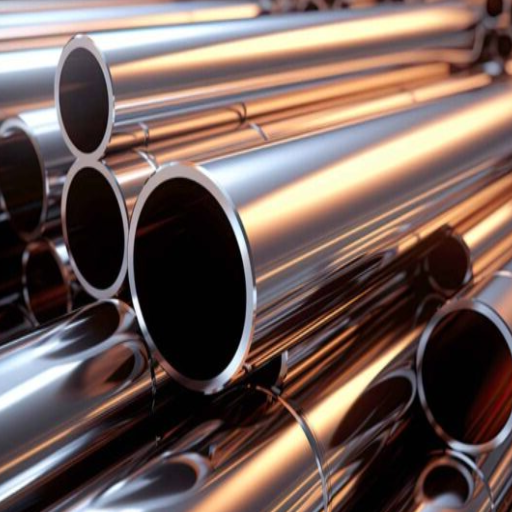
Strength and Durability Considerations
When comparing the strength and durability between anodized aluminum and stainless steel:
- Stainless Steel: Tensile strength ranges from 515 to 827 MPa, making it highly resistant to deformation
- Anodized Aluminum: Tensile strength ranges from 200 to 400 MPa, sufficient for lighter-duty applications
Corrosion Resistance and Maintenance
Both materials offer excellent corrosion resistance, but with different characteristics:
- Stainless Steel: Self-repairing passive oxide film, excellent for chloride environments
- Anodized Aluminum: Enhanced oxide layer through an electrochemical process, good for most industrial applications
Care and Maintenance of Anodized Stainless Steel
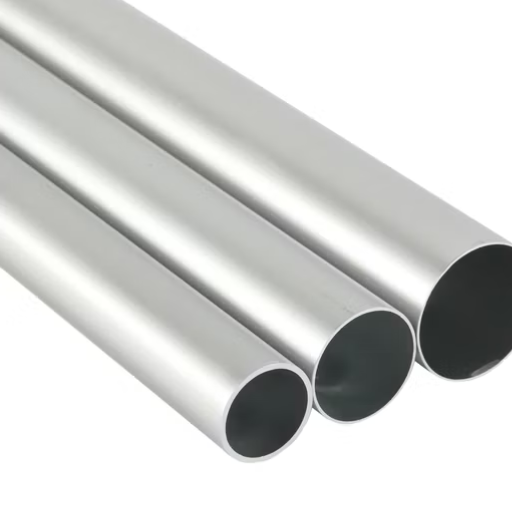
Best Practices for Longevity
- Use non-abrasive, pH-neutral cleaners
- Avoid harsh chemicals, chlorides, and strong acids
- Conduct routine inspections for wear, corrosion, or discoloration
- Apply protective measures such as sealing against UV exposure
Cleaning and Maintenance Tips
- Use mild detergents or pH-neutral soaps for daily cleaning
- Apply soft cloths or sponges to avoid surface scratching
- Use specialized stainless steel cleaners for stubborn stains
- Rinse with deionized or distilled water after cleaning
- Increase cleaning frequency in marine or industrial environments
Frequently Asked Questions (FAQ)
References
- Nanoporous Stainless Steel Anode for Enhanced Microbial Fuel Cells
- Surface Characterization and Cell-Material Interaction of Anodized Dental Implants
- Anodized Titania: Processing and Characterization for Load-Bearing Implants

